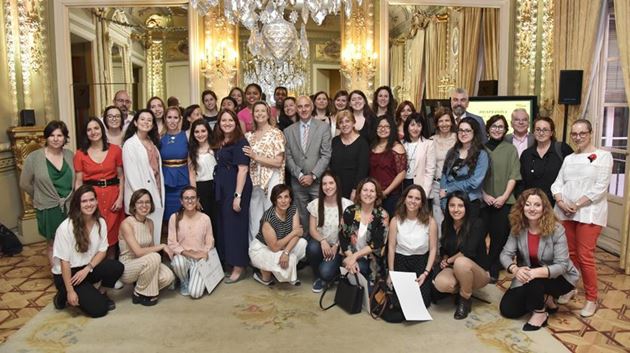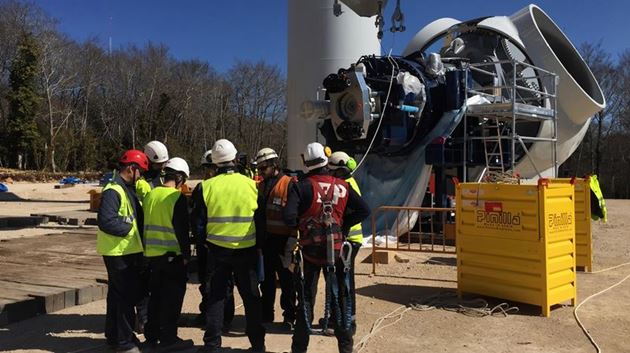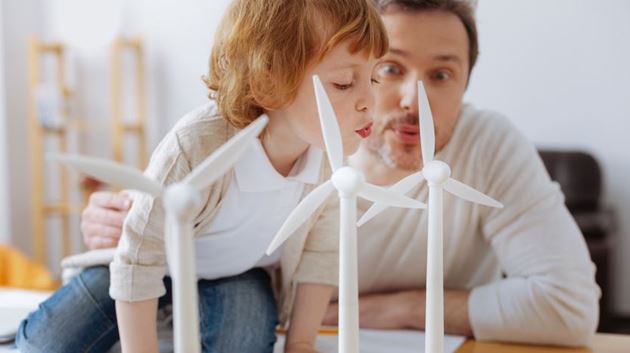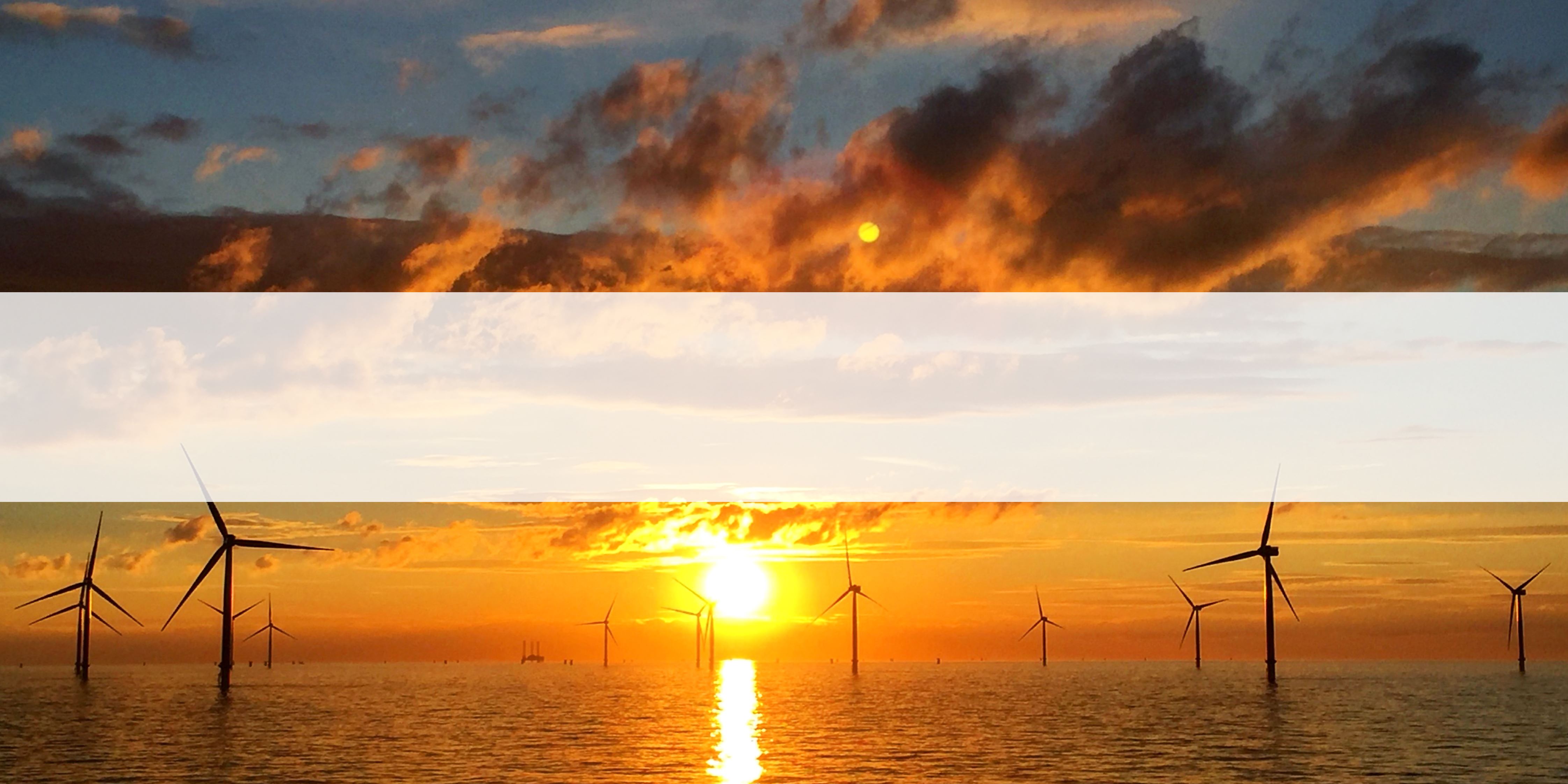
Bringing Balance to the Grid
London / 24 June 2020
As our world moves towards a net-zero carbon future, one question continues to inspire both intense debate and rapid innovation. We know that green solutions such as solar panels or wind turbines cannot generate an uninterrumpted supply of electricity so in a world where demand for electricity is growing alongside the need to reduce carbon emissions, how can we ensure stability of supply?
Do you have interesting topics for our renewable energy journal? Are you interested in renewable products made by Siemens Gamesa? Or are you thinking about joining our team? Please do not hesitate to contact us.
info@siemensgamesa.com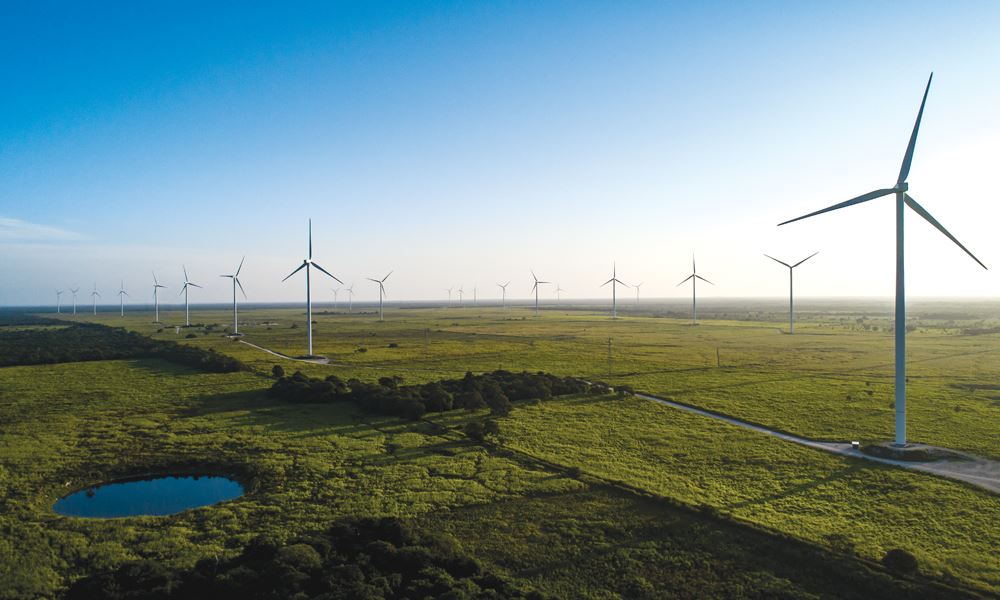
The old aphorism of ‘Fail to Prepare, Prepare to Fail’ rings as true for balancing our electricity grids as for anything else. Market resources must be allocated correctly so that we do not find ourselves with too much electricity, or worse, too little. But, with greater weather forecasting capability, wind energy technicians are able to more closely predict how much electricity their wind farms are able to provide the grid.
Using large amounts of high-level data in combination with machine learning, we can predict electricity production from wind farms more closely and, consequently, reduce overall operating costs.
Pumped-hydro energy storage is considered to be a form of battery, as it stores potential energy in water that can be used to turn a turbine as the water flows downhill. There are also experiments with potential energy-driven batteries in repurposed Scottish mine shafts, where, by dropping a great weight (weighing around 12,000 tonnes) down a deep mine, the speed of its descent turns a turbine at the surface.
For example, an IRENA analysis of global energy storage took note of a mini-grid battery project in Martinique where a solar panel farm is supported by a small battery. The farm feeds into the battery to ensure that electricity is fed into the grid at a constant rate, which negates the need for back-up generation.
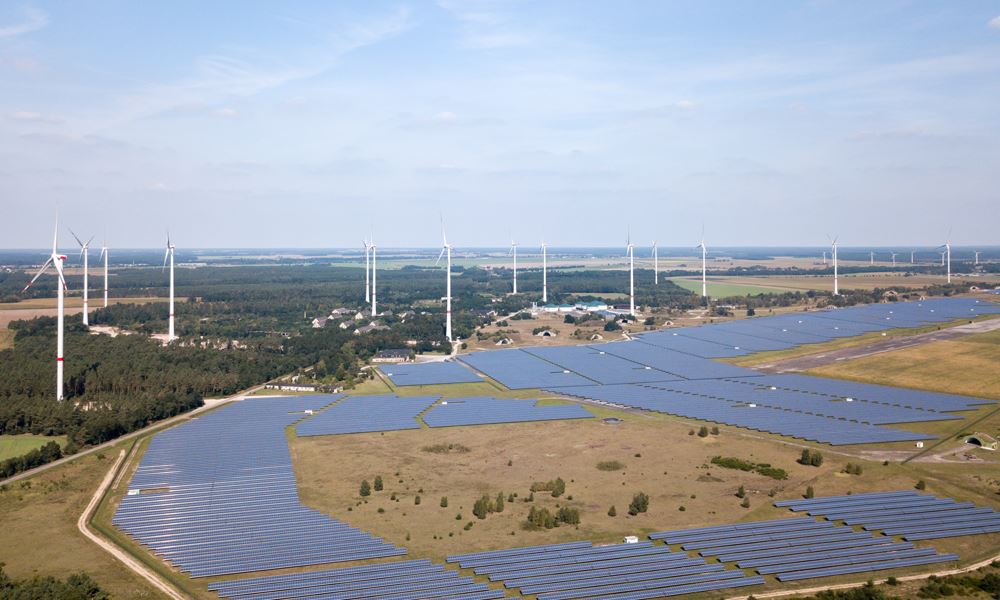
The diverse array of projects currently being funded fuel both our homes and communities, as well as hopes that one day intermittency will be a thing of the past. The issues that plagued forms of renewable energy when they were in their infancy are closer than ever to being solved. By ensuring that a wide range of grid-balancing solutions are funded and investigated, we can ensure that we improve our climate while safeguarding our electricity supply.
